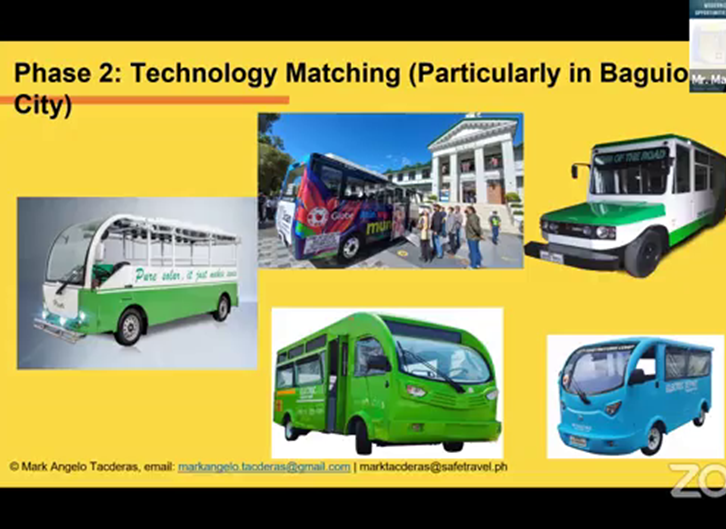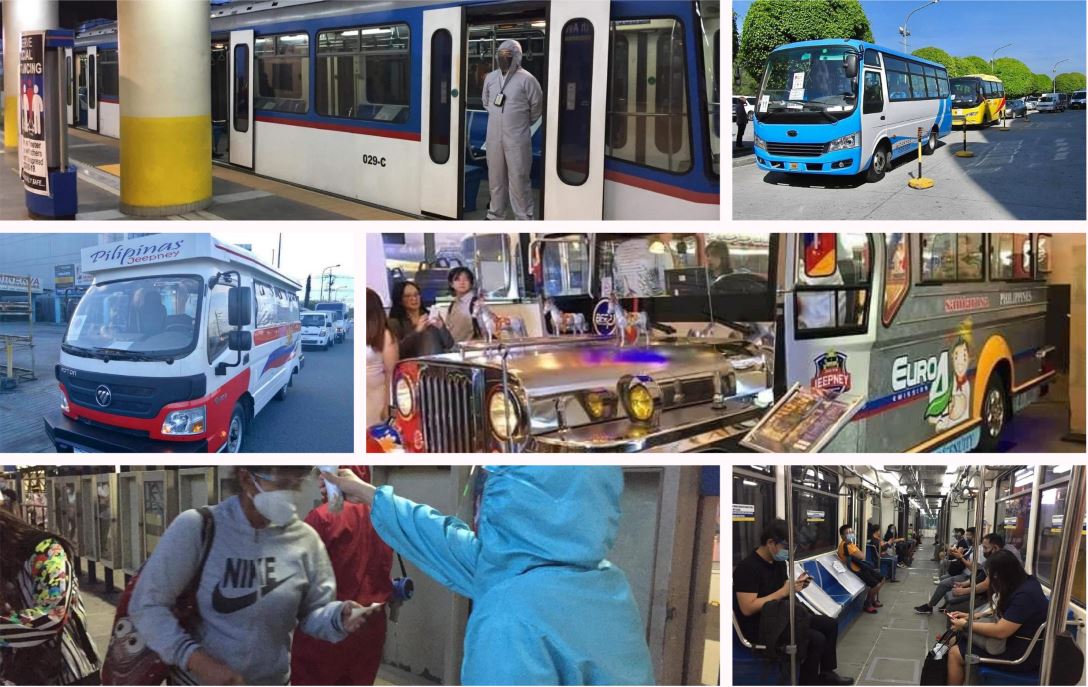Effective Transit Advertising Philippines to Grow Your Audience
Effective Transit Advertising Philippines to Grow Your Audience
Blog Article
How Transportation Marketing Can Transform Public Transport Spaces Into Dynamic Marketing Operatings Systems
Transportation advertising holds significant potential to redefine public transportation areas into lively advertising and marketing systems that inform and involve. As we discover the complex advantages and advancing strategies of transit advertising and marketing, it elevates the inquiry of just how this change could redefine our interactions with both brands and the metropolitan atmosphere.
Benefits of Transportation Marketing

Furthermore, transit advertising is highly affordable compared to traditional media. It permits marketers to accomplish high impressions at lower costs, taking full advantage of roi. The captive target market of travelers supplies a chance for brands to share their messages to people who are often responsive during their travel times.
In addition, the vibrant nature of transit advertising permits projects to be updated frequently, making certain that messaging stays appropriate and prompt. This adaptability can be critical in reacting to market fads or marketing events, maintaining the brand top-of-mind for customers. Lastly, the pervasive visibility of transit advertising and marketing adds to brand name recall; repeated direct exposure within familiar traveling contexts reinforces brand name awareness and cultivates customer commitment, eventually driving sales and enhancing brand name reputation.
Kinds Of Transit Advertising And Marketing
Public transport systems supply various styles for advertising, each catering to different advertising and marketing methods and audience interaction methods. One noticeable type is outside bus and train covers, which cover the whole car and develop a mobile signboard effect, enabling high exposure in metropolitan environments. These covers can catch attention as they pass through active roads, reaching a diverse audience.
An additional prominent style is interior marketing, that includes posters, digital displays, and advertisements on transit seats. These placements engage travelers throughout their trip, enhancing brand messaging in a restricted area. Digital presents, specifically, supply the benefit of vibrant material, allowing advertisers to upgrade messages in real-time.
Station advertising and marketing is also considerable, featuring posters, banners, and interactive kiosks within transportation terminals. These advertisements leverage foot website traffic and can target certain demographics based on place.
Lastly, advertising partnerships with transportation authorities can cause unique projects, such as themed transit experiences or events, boosting the general engagement with commuters. Each kind of transit advertising and marketing uses distinctive benefits, permitting brands to tailor their technique to successfully reach their target audience within the general public transportation community.
Involving Travelers Efficiently
Commuters are significantly inundated with advertising and marketing messages throughout their everyday travels, making it crucial for brands to involve them in ingenious means. To capture focus in this crowded area, marketers should browse around here focus on imagination and importance. Utilizing eye-catching visuals and concise messaging can dramatically enhance the probability of involvement.
Interactive elements, such as QR codes or enhanced fact features, can likewise change static ads right into immersive experiences, fostering a deeper connection with the target market. Brand names should focus on resolving travelers' demands and interests, tailoring messages to resonate with their way of life, whether via promos for neighborhood businesses or services designed to enhance their commuting experience.
Additionally, timing plays a critical role; strategically placing ads throughout optimal travelling hours can make best use of visibility and effect. Engaging travelers properly also includes leveraging social networks combination, enabling guests to share their experiences or promos directly from transit platforms, therefore amplifying brand reach.
Essentially, efficient interaction depends upon recognizing the traveler trip and producing compelling, interactive, and relevant marketing experiences that not only catch focus yet likewise drive action and loyalty. By doing so, brand names can change mass transit into a dynamic advertising system that reverberates with its target market.

Measuring Marketing Influence
Exactly how can brands properly examine the effectiveness of their ad campaign in transportation atmospheres? Measuring the influence of transit advertising and marketing requires a complex method that incorporates quantitative and qualitative metrics. One common approach is tracking involvement through mobile analytics, where brand names can analyze foot website traffic patterns and app communications before, throughout, and after campaigns.
Studies can offer beneficial insights right into brand recall and customer view, enabling brands to evaluate exactly how well their messages reverberate with commuters. Additionally, monitoring social networks involvement related to specific projects can have a peek here expose shifts in public assumption and brand conversation.

Additionally, teaming up with transportation firms can enhance measurement accuracy, as they commonly have thorough demographic data on ridership trends. By integrating these approaches, brands can establish a detailed understanding of their advertising and marketing performance, making certain that their campaigns not just get to yet also impact their target audiences efficiently.
Future Patterns en route Marketing
A considerable shift is expected in transit marketing as technical improvements and altering consumer habits reshape the landscape. Transit Advertising Philippines. The combination of electronic display screens and multimedias is expected to enhance engagement, allowing brands to supply vibrant web content that reverberates with varied audiences. As public transportation systems embrace clever modern technology, marketers will take advantage of real-time data analytics to customize messages based upon guest demographics and habits
In addition, boosted truth (AR) is poised to transform the way commuters interact with advertisements. By providing immersive experiences, AR can change an ordinary journey into an engaging story that records interest and fosters brand commitment. This advancement will likely motivate advertisers to create even more experiential projects that drive consumer communication.
Sustainability is an additional important trend influencing transportation advertising and marketing. As ecological consciousness grows, brand names will increasingly look for to line up with green methods, utilizing lasting materials and advertising green campaigns within their campaigns.
Verdict
In verdict, transit marketing uses significant advantages by boosting brand name visibility and engaging a restricted target market. As trends evolve, the potential for ingenious communications in between travelers and brand names is positioned to grow, making sure that transportation advertising stays a vital component of modern advertising approaches.
Transportation advertising holds significant potential to redefine public transportation areas into lively advertising and marketing platforms that notify and engage. The prevalent visibility of transportation advertising contributes to brand name recall; repeated exposure within acquainted travel contexts reinforces brand name understanding and fosters customer commitment, ultimately driving sales and enhancing brand credibility.
Just how can brand names accurately analyze the efficiency of their advertising projects in transit environments?In verdict, transit advertising uses significant benefits by improving brand name presence and engaging a restricted audience. Transit Advertising Philippines. As trends progress, the potential for cutting-edge interactions in between brand names and travelers is positioned to grow, ensuring that transportation advertising remains an essential element of modern advertising and marketing methods
Report this page